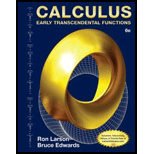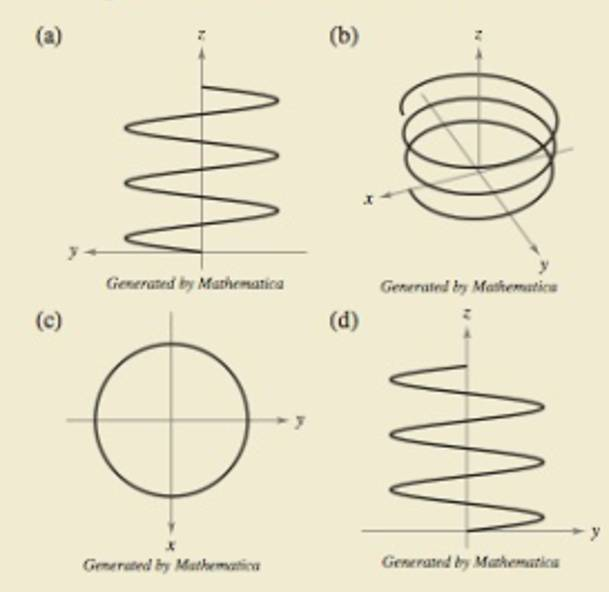
HOW DO YOU SEE IT? The four figures below are graphs of the
Match each of the four graphs with the point in space from which the helix is viewed.

(i) (0, 0, 20)
(ii) (20, 0, 0)
(iii)
(iv) (10, 20, 10)
Want to see the full answer?
Check out a sample textbook solution
Chapter 12 Solutions
Bundle: Calculus: Early Transcendental Functions, Loose-leaf Version, 6th + WebAssign Printed Access Card for Larson/Edwards' Calculus: Early Transcendental Functions, 6th Edition, Multi-Term
- Explain the key points and reasons for the establishment of 12.3.2(integral Test)arrow_forwardUse 12.4.2 to determine whether the infinite series on the right side of equation 12.6.5, 12.6.6 and 12.6.7 converges for every real number x.arrow_forwarduse Cauchy Mean-Value Theorem to derive Corollary 12.6.2, and then derive 12.6.3arrow_forward
- Explain the focus and reasons for establishment of 12.5.1(lim(n->infinite) and sigma of k=0 to n)arrow_forwardExplain the focus and reasons for establishment of 12.5.3 about alternating series. and explain the reason why (sigma k=1 to infinite)(-1)k+1/k = 1/1 - 1/2 + 1/3 - 1/4 + .... converges.arrow_forwardExplain the key points and reasons for the establishment of 12.3.2(integral Test)arrow_forward
- Use identity (1+x+x2+...+xn)*(1-x)=1-xn+1 to derive the result of 12.2.2. Please notice that identity doesn't work when x=1.arrow_forwardExplain the key points and reasons for the establishment of 11.3.2(integral Test)arrow_forwardTo explain how to view "Infinite Series" from "Infinite Sequence"’s perspective, refer to 12.2.1arrow_forward
- Algebra & Trigonometry with Analytic GeometryAlgebraISBN:9781133382119Author:SwokowskiPublisher:Cengage
